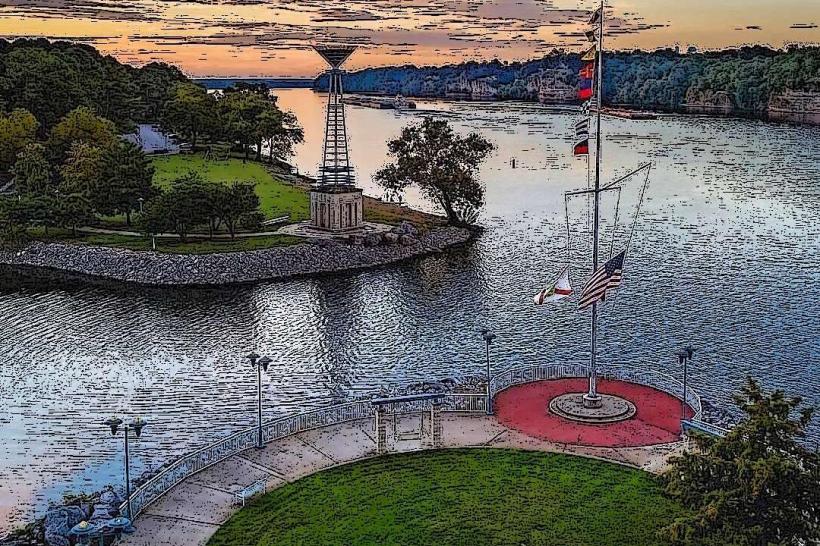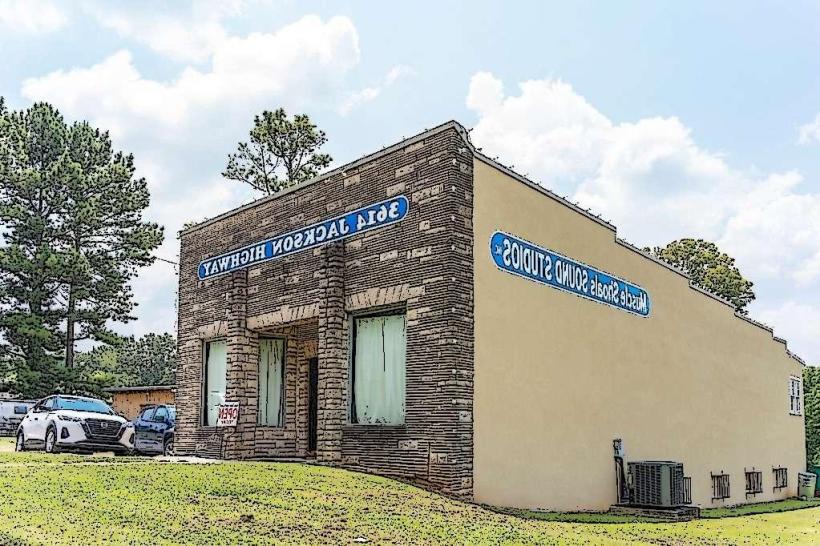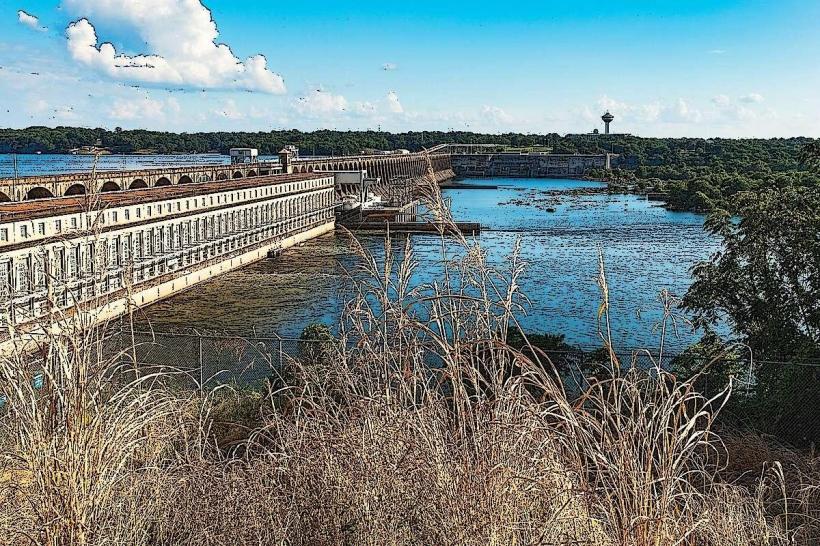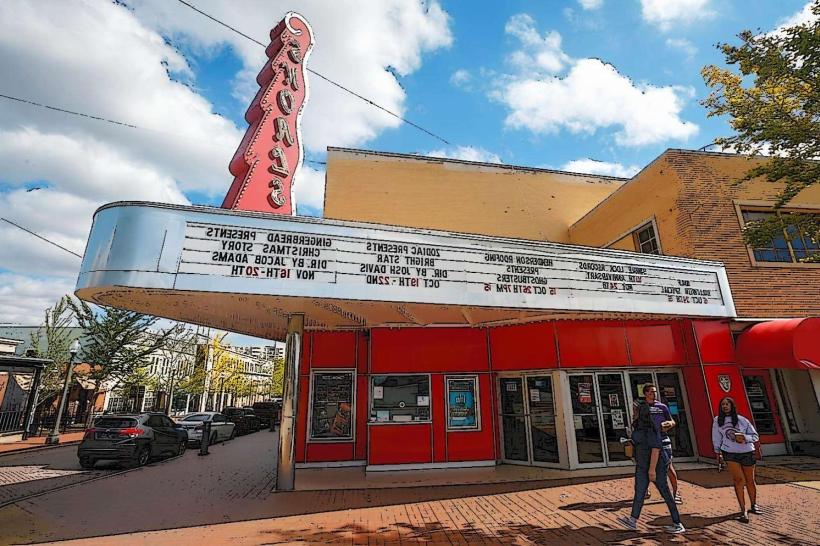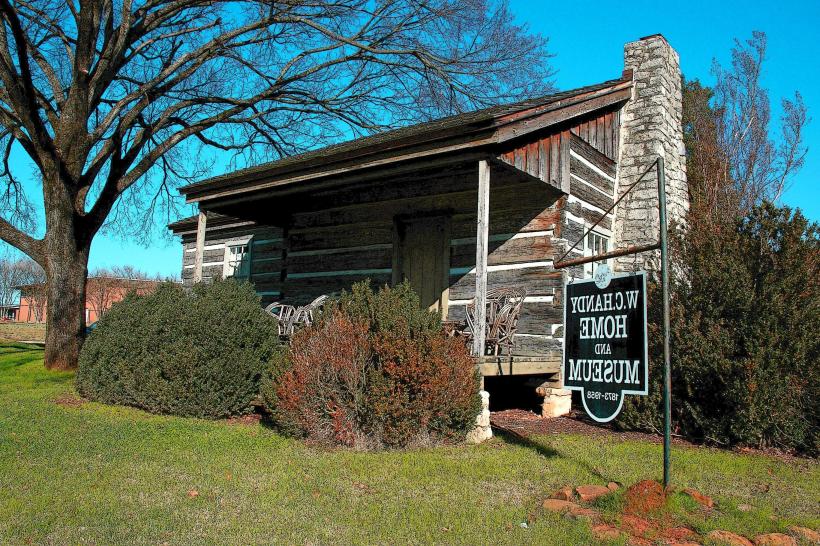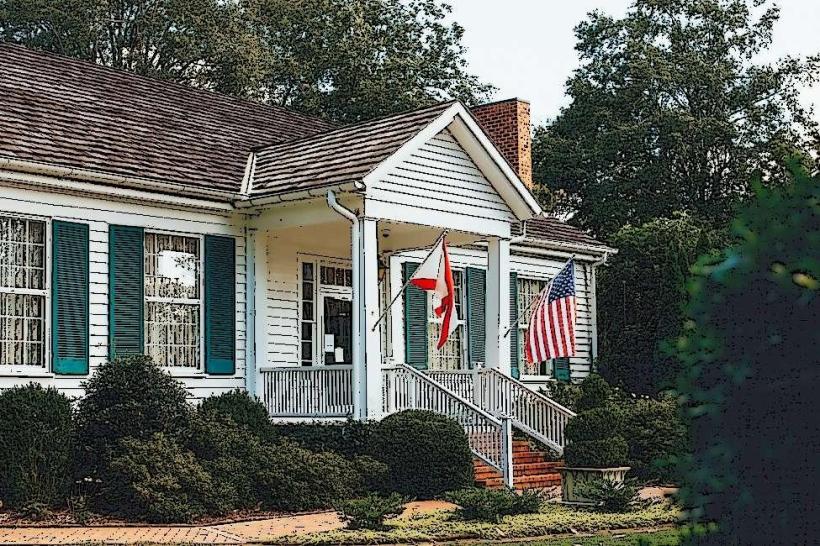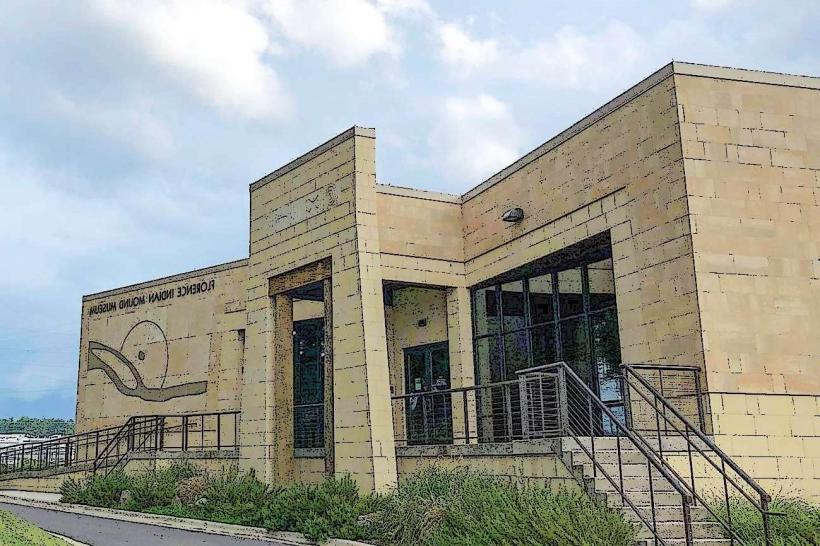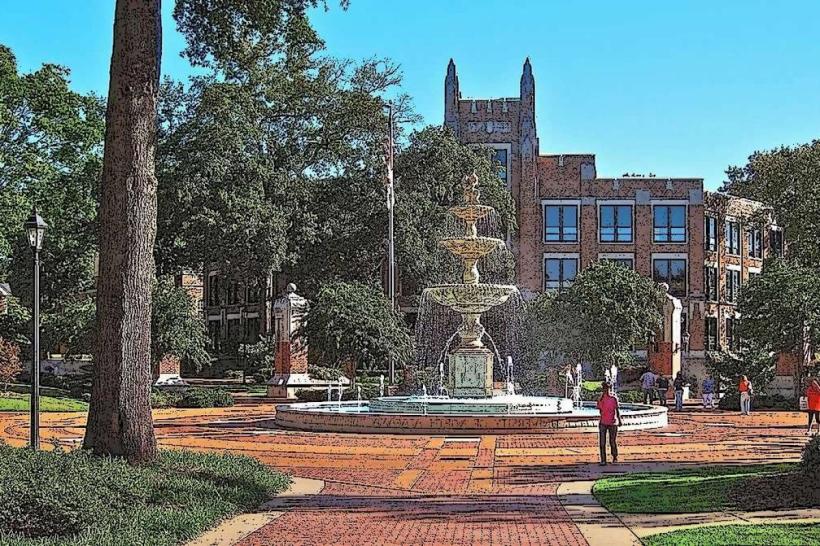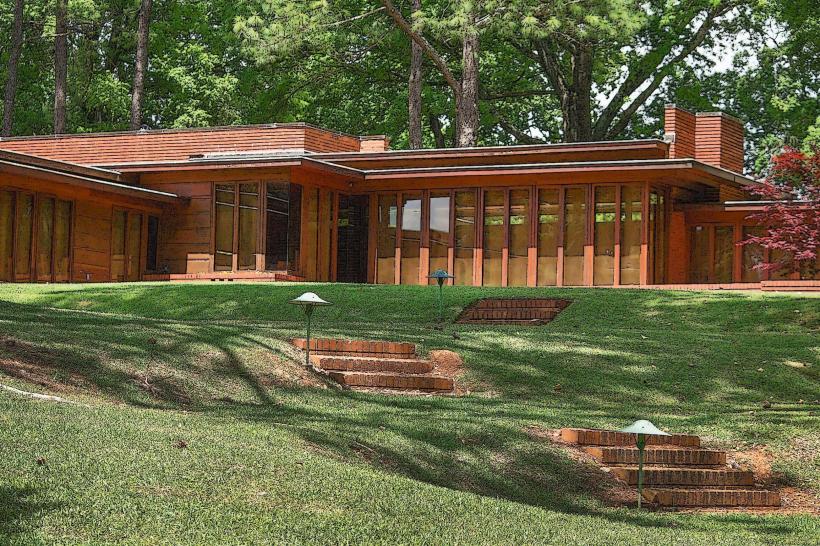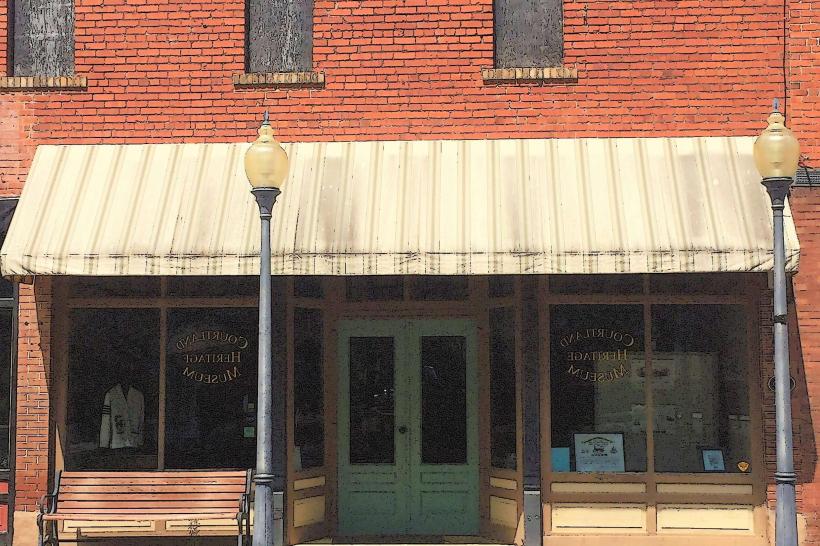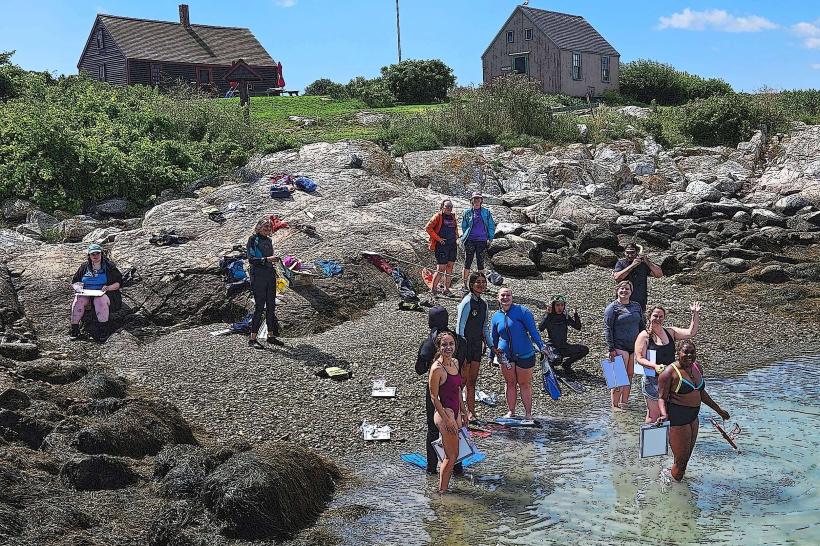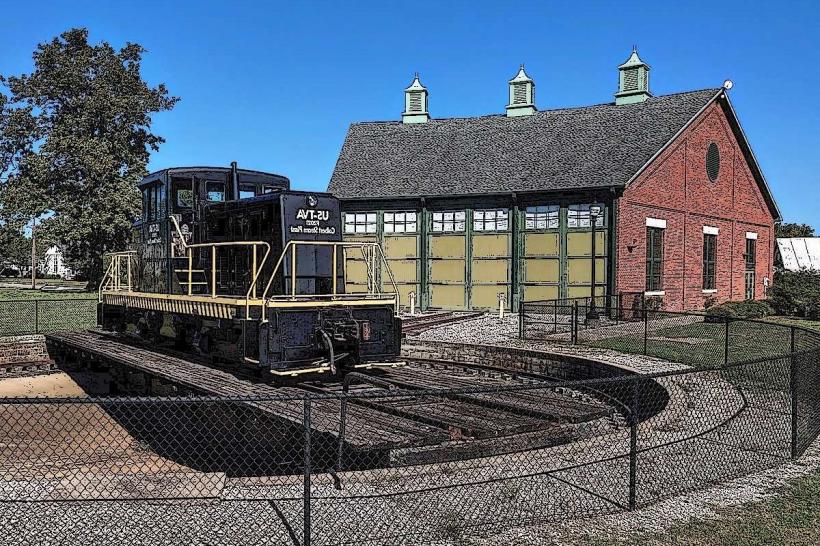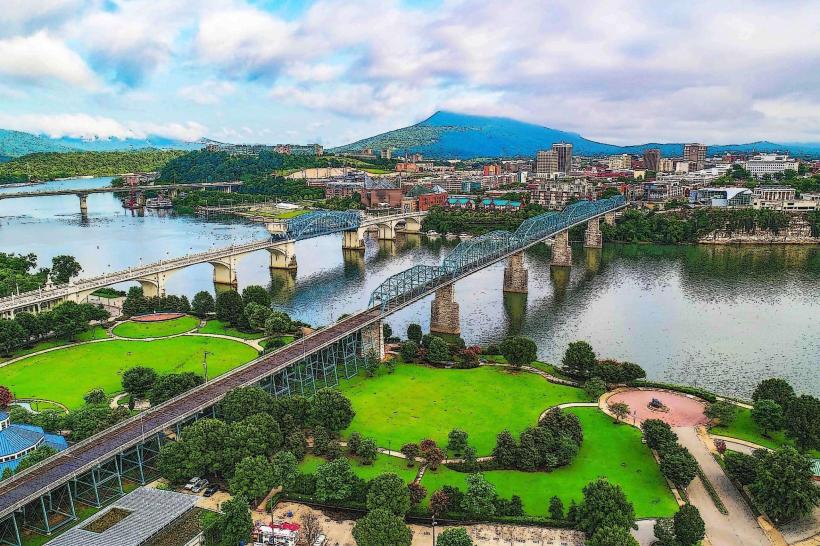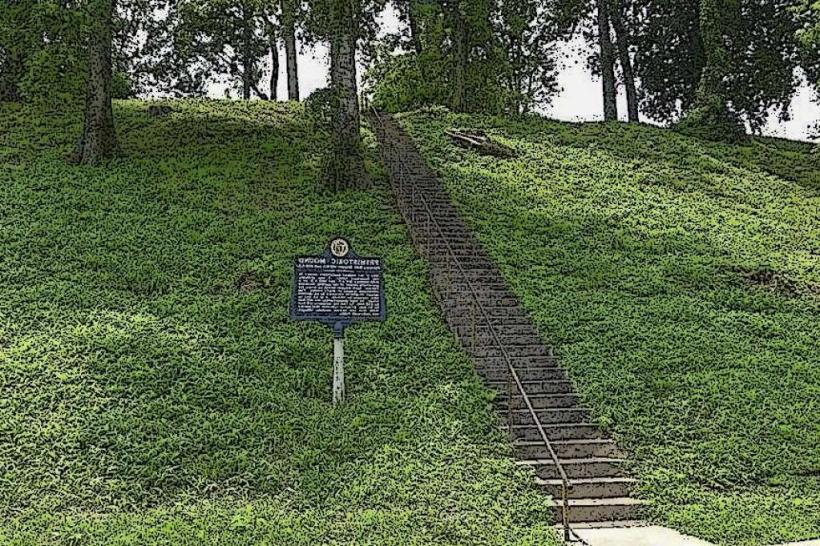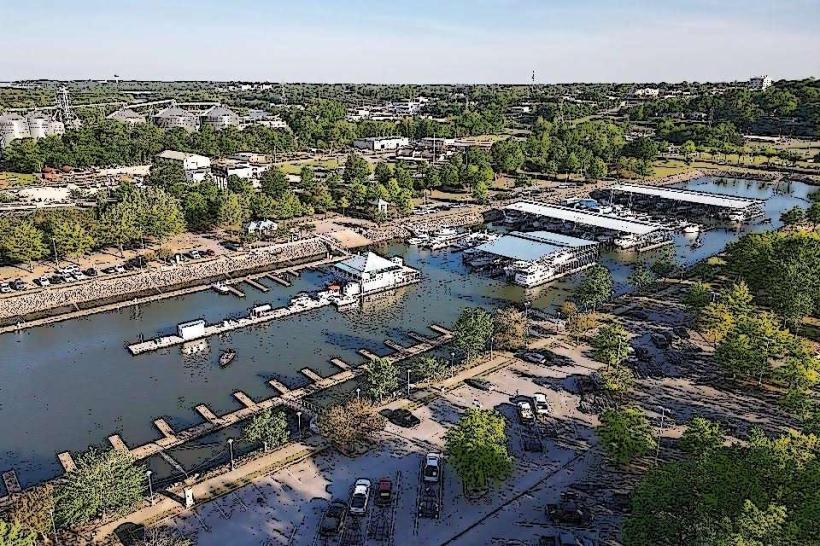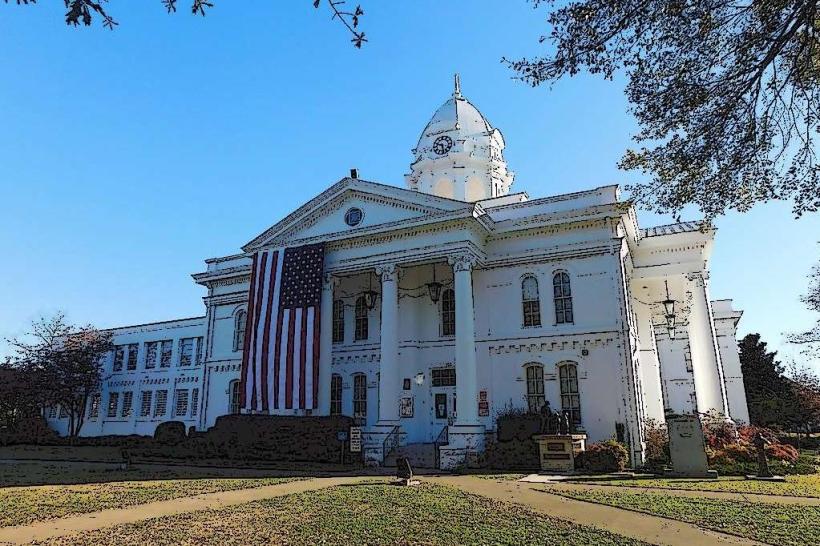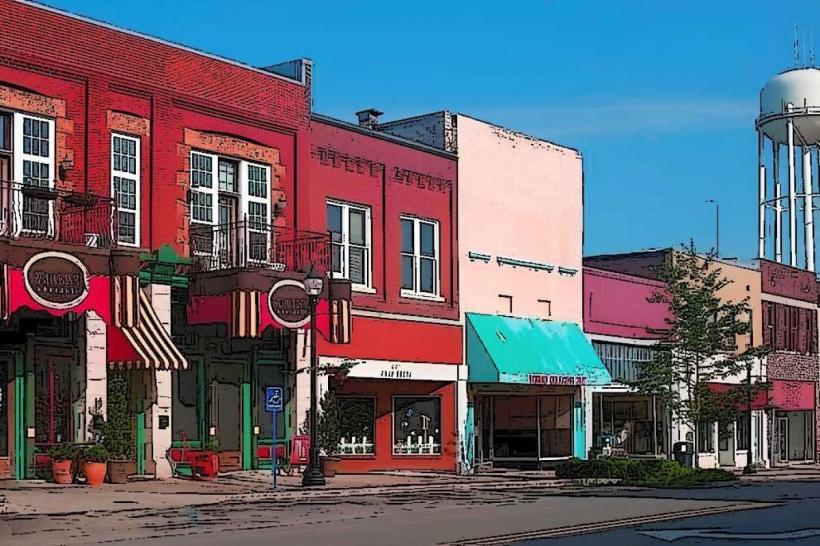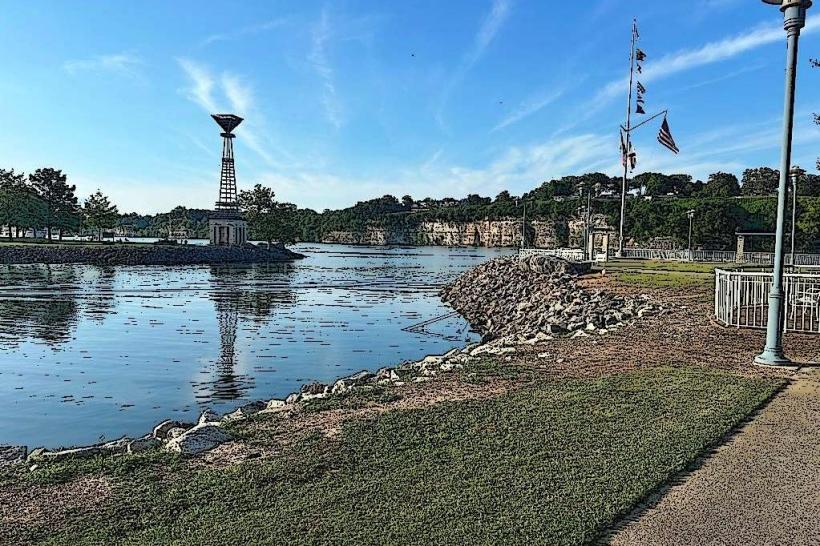Information
Landmark: Muscle Shoals National Heritage AreaCity: Florence AL
Country: USA Alabama
Continent: North America
Muscle Shoals National Heritage Area, Florence AL, USA Alabama, North America
Overview
The Muscle Shoals National Heritage Area, a federally recognized region in northwest Alabama, stretches across parts of Colbert, Lauderdale, and Lawrence counties, taking in cities like Muscle Shoals, Sheffield, Tuscumbia, and Florence, where the Tennessee River glints in the afternoon sun, in turn created to preserve, share, and bring to life the area’s cultural, industrial, and natural treasures, the MSNHA showcases the Shoals as a one‑of‑a‑kind hub where blues riffs, historic mills, and winding riverbanks all tell their story.The Muscle Shoals region holds a rich history, thanks to its prime spot on the Tennessee River, where flatboats once carried goods, ideas, and recent settlers downstream, as a result music poured from its streets, fields rolled with crops, and factories hummed - together making the area a powerhouse of industry, culture, and a voice in the American Civil Rights movement.Acknowledging the region’s rich history and culture, officials granted it National Heritage Area status to protect its rolling landscapes, weathered brick buildings, and long‑held traditions, while boosting tourism and local business, meanwhile the MSNHA stretches across a mix of places-quiet riverfronts where the water laps at historic docks, historic towns with brick-lined streets, and wide-open rural fields, slightly often One standout is Muscle Shoals Sound Studios, the legendary spot where hits were born and guitars seemed to hum right through the walls, furthermore historic homes and estates like Ivy Green, where Helen Keller once played on the porch, and the sleek, modernist Rosenbaum House by Frank Lloyd Wright, bring the area’s architectural and cultural history vividly to life.The Tennessee Valley Authority projects, Wilson Dam, and timeworn brick factories tell the story of the region’s economic growth, their steel beams and worn machinery echoing decades of hard work, consequently the Tennessee Riverwalk, McFarland Park, and the wide, glinting Tennessee River offer plenty of ways to get outside-whether you’re biking under shady trees or learning about local wildlife.The MSNHA plays a key role in sharing the region’s music, history, and heritage, spotlighting its famed recording studios, lively stages, and the artists who shaped soul, blues, and rock for audiences around the world, while historic preservation works to protect timeworn brick mills, tree-lined streets, and entire neighborhoods that tell the story of the region’s social and industrial past.Through museums, interpretive centers, and lively cultural events, the community invites residents and visitors to discover how the Shoals has shaped American culture-whether through a soulful blues riff or a storied artifact behind glass, then by promoting heritage tourism, the MSNHA boosts local businesses and showcases the region’s character, from its brick-lined streets to its timeworn landmarks.At the Muscle Shoals National Heritage Area, visitors can join guided tours that lead them through soulful recording studios, quiet museum halls, and historic streets, bringing the region’s music, architecture, and history vividly to life, and enjoy the outdoors on winding trails, in leafy parks, or down by the river’s edge-each offering its own scenic spot to explore and unwind, in a sense Through workshops, exhibits, and lively public talks, these educational programs bring music, history, and community growth together-like the steady beat of a drum echoing through a crowded hall, what’s more heritage Trails link key historic and cultural landmarks by car or on foot, guiding you past historic stone bridges and into the heart of the region’s story.The Muscle Shoals National Heritage Area holds rich cultural history, deep roots in the past, and landscapes alive with native wildlife, and it keeps northwest Alabama’s character alive, bringing together the sound of blues guitar, the hum of factory floors, the weight of its history, and the sweep of its rolling hills.The MSNHA connects historic sites, winding trails through green hills, and the echoes of famous recording studios to show how the Shoals has shaped America’s culture and economy, subsequently it’s both a locale to learn and a spot travelers come to explore, keeping the region’s heritage alive-open to all, honored in festivals, and woven into everyday community life.
Author: Tourist Landmarks
Date: 2025-08-25

